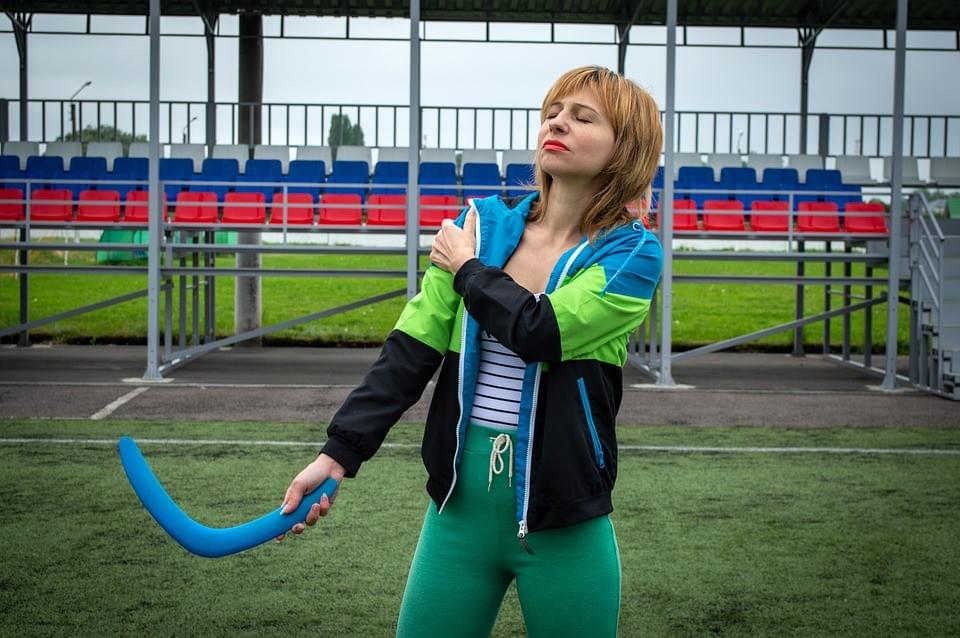
Muscle injury can occur in many different ways. From minor strains to major muscle tears, the important thing is to first know what kind of injury you have before seeking treatment for it. There are three levels of muscle injury, grade I through grade III. However, it doesn't follow that you should seek treatment immediately upon noticing the injury.
Grade I - No damage at all! When your muscle injury falls in this category, you can be assured that no major damage was caused. In grade I, only some of the muscle cells get damaged or stretched. Mild to moderate muscle pain and slight soreness may be experienced as well. Some people recover fully from this type of therapy.
In grade II, some of the muscle fiber might have torn or split. The injured muscle fiber may heal but the damage to surrounding tissues and nerves are severe. This is one reason why you should wait until the muscle has completely healed before trying any therapeutic muscle injury treatment. The AZ Pain Doctors will probably recommend this type of therapy when the muscles have not healed completely from prior injuries.
Finally, in grade III, some fibers of the muscle injury have been damaged beyond repair. You will likely experience severe pain and a great deal of swelling. In most cases, doctors will recommend that you receive emergency surgery without awaiting a long-term muscle injury treatment such as an anti-inflammatory. However, since long-term treatments such as anti-inflammatories are quite costly, your physician may recommend a short term anti-inflammatory such as an oral or local injection. Follow this link: https://www.azpaindoctors.com/muscle-injury to get muscle treament experts.
After receiving one or more doses of an anti-inflammatory, your physician will want to start you on a course of steroids for about six weeks to help speed up the process of tissue repair. The steroids will also prevent further damage to the injured muscle cells. Some patients may experience an increase in muscle strength after completing the course of steroids. These results will last about three months. Your physician will decide if this is enough time to safely return to physical activities.
If the injuries in grades III are not severe enough to require surgery, your physician will prescribe painkillers to alleviate the pain. You will be advised to stay off your feet and keep your muscles limber. You will likely be given physical therapy to strengthen your muscles and give your body the rest it needs to heal. You may also receive bone marrow transplantation or marrow extractions to replace cells lost during your healing process.
Check out this post for more details related to this article: https://en.wikipedia.org/wiki/Delayed_onset_muscle_soreness.